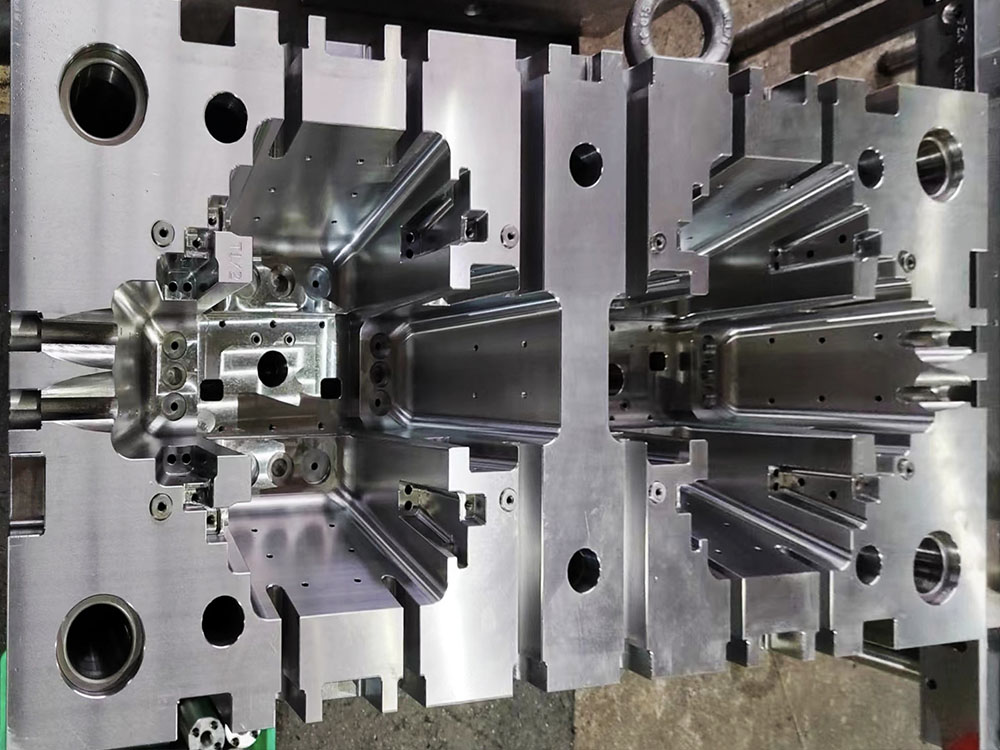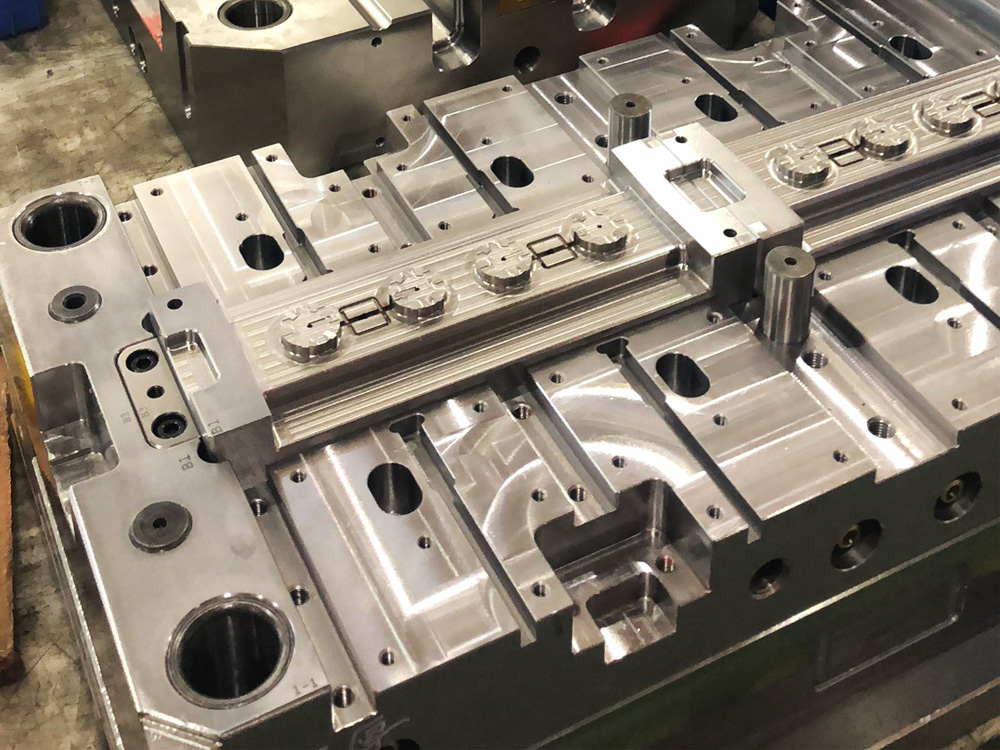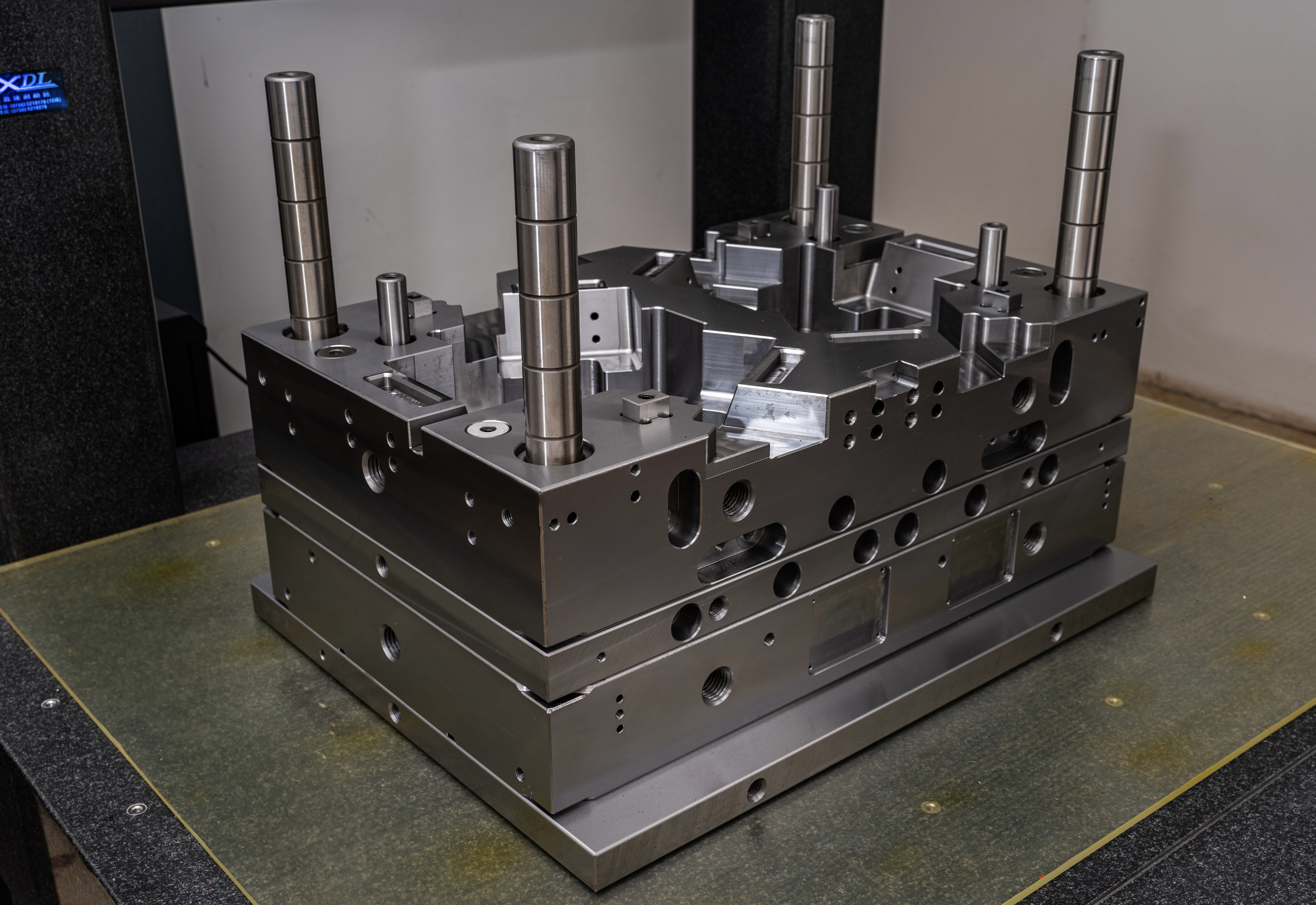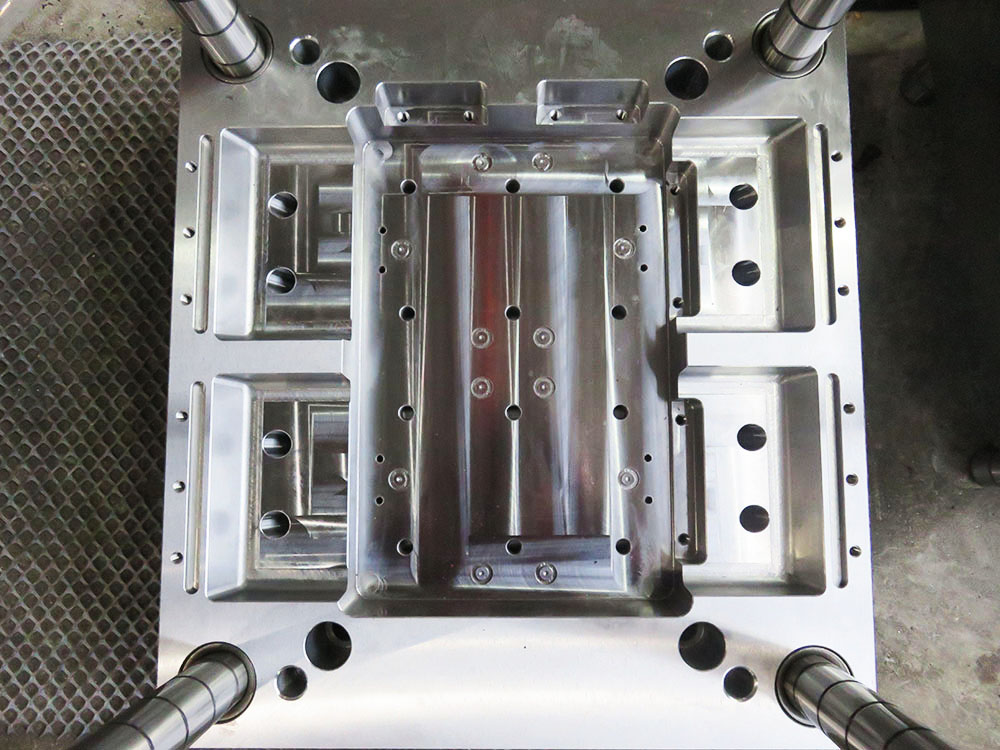Adjustment of Thickness in Powder Metallurgy Molds
In the mold base industry, the adjustment of thickness in powder metallurgy molds plays a crucial role in ensuring the quality and efficiency of the molding process. A properly adjusted mold thickness can significantly impact the final product's dimensional accuracy, mechanical properties, and overall performance. This article will delve into the importance of adjusting mold thickness and highlight the key factors to consider in achieving optimal results.
The Importance of Adjusting Mold Thickness
Accurate adjustment of mold thickness is essential to achieve the desired dimensional accuracy and mechanical properties of powder metallurgy parts. An improper mold thickness can lead to various issues, including excessive porosity, dimensional variations, and insufficient strength. By properly adjusting the mold thickness, manufacturers can ensure consistent part quality and reduce the likelihood of defects.
Factors Affecting Mold Thickness Adjustment
Several factors influence the adjustment of mold thickness in powder metallurgy. These factors must be carefully considered to strike a balance between achieving the desired part properties and ensuring efficient manufacturing processes.
Metal Powder Characteristics
The characteristics of the metal powder used in the manufacturing process significantly impact the mold thickness adjustment. Particle size distribution, shape, and flowability of the powder must be taken into account. The selection of the proper powder and its characteristics is crucial in determining the suitable mold thickness that allows for optimal powder compaction and uniform density distribution.
Part Design
The complexity and geometry of the part being produced also influence the adjustment of mold thickness. Different part designs require specific mold thicknesses to achieve the desired structural integrity and dimensional accuracy. Manufacturers must carefully analyze the part's requirements and tailor the mold thickness accordingly.
Compaction Pressure
The compaction pressure applied during the powder metallurgy process affects the achievable mold thickness. Insufficient compaction pressure can result in poor powder distribution and inadequate density, leading to weak parts. Conversely, excessive compaction pressure can cause cracking or distortion. Manufacturers must optimize the compaction pressure to achieve the desired mold thickness and part properties.
Mold Material
The material used for the mold base is another critical factor in adjusting the mold thickness. The mold material should exhibit sufficient strength, wear resistance, and thermal stability to withstand the high pressures and temperatures encountered during the powder metallurgy process. The material's properties will influence the achievable mold thickness and overall mold quality.
Techniques for Adjusting Mold Thickness
Various techniques and approaches can be employed to adjust the mold thickness in powder metallurgy. These techniques aim to achieve the desired part properties while ensuring efficient manufacturing processes. It is essential to understand and apply these techniques correctly for optimal results.
Machining and Grinding
Machining and grinding are traditional techniques used to adjust the mold thickness. This involves removing material from the mold surface to achieve the desired thickness. Machining and grinding offer precise control over mold thickness adjustment, but they can be time-consuming and may result in added costs.
Elastomer Inserts
Elastomer inserts can be utilized for temporary thickness adjustment in powder metallurgy molds. These inserts can be placed in the mold cavity to compensate for any deviations in thickness before the compaction process. Once the compaction is complete, the inserts can be removed, leaving the desired part thickness. Elastomer inserts provide a flexible and cost-effective solution for adjusting mold thickness.
Conclusion
Adjustment of thickness in powder metallurgy molds is of utmost importance in the mold base industry. It directly affects the quality, dimensional accuracy, and mechanical properties of the final parts. Several factors, including metal powder characteristics, part design, compaction pressure, and mold material, influence the adjustment of mold thickness. By employing techniques such as machining and grinding or elastomer inserts, manufacturers can achieve optimal mold thickness and ensure the production of high-quality powder metallurgy parts.




